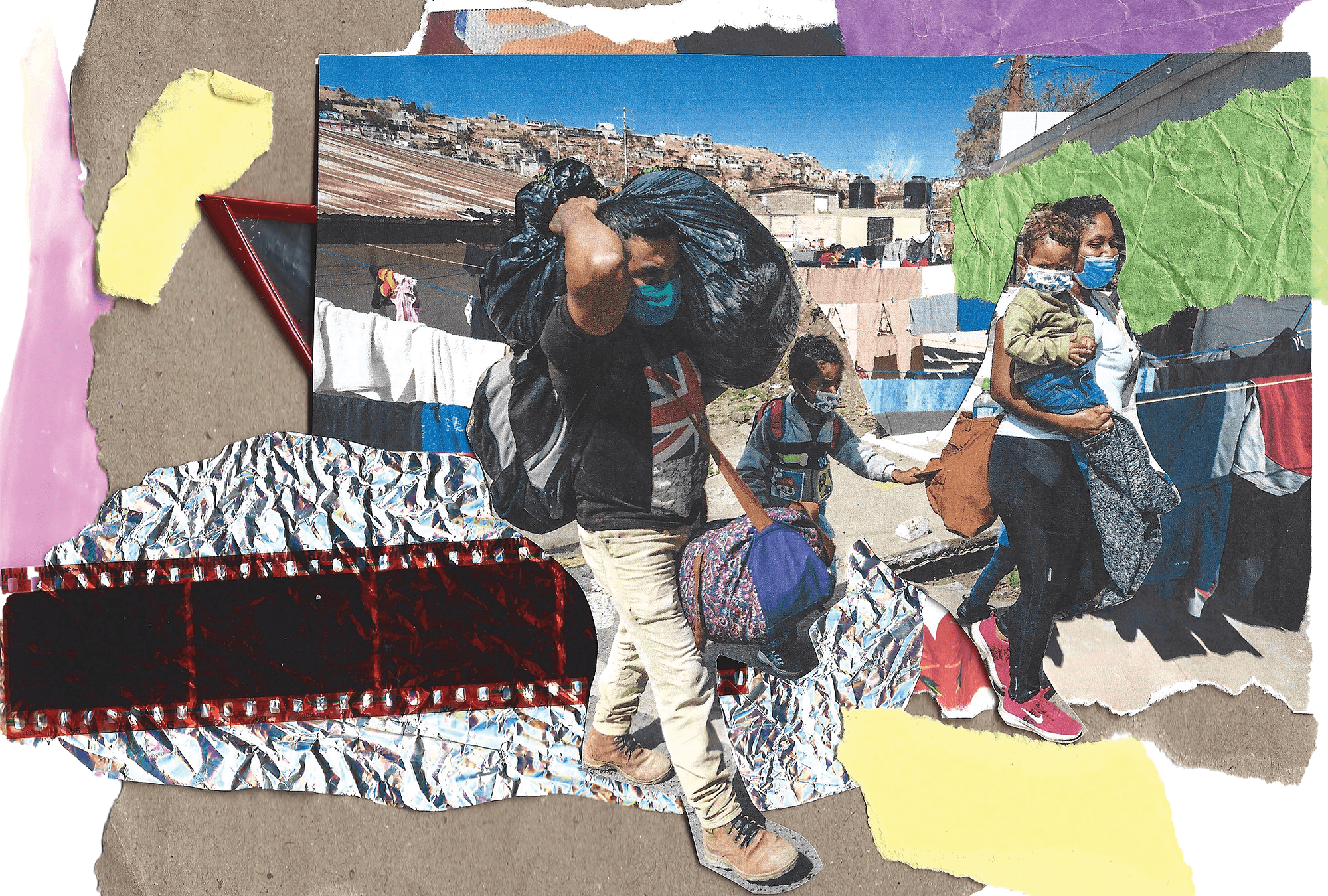Share As A Gift
Share a paywall-free link to this article.
This feature is only available for subscribers.
Start your subscription for as low as $4.95. Already a subscriber?

Illustrations by Brianna Robinson
Corruption and climate disaster push many people in Honduras and elsewhere to make the uncertain journey north.

Got something to say about what you're reading? We value your feedback!